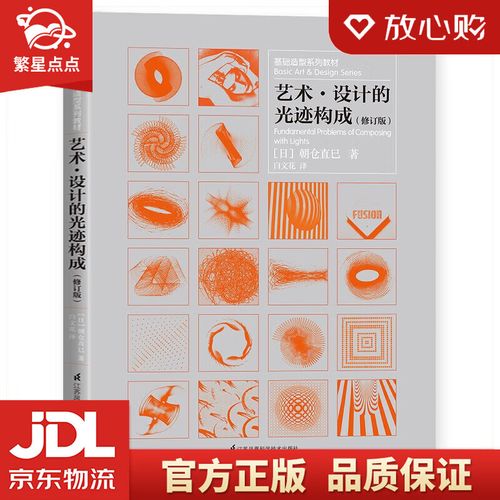您所在的位置:首页 - 科技 - 正文科技
Introduction
![]() admin
04-13
【科技】
664人已围观
admin
04-13
【科技】
664人已围观
摘要ArtandTechnologyIntegrationArtandTechnologyIntegrationArtandtechnologyintegrationisafascinatinginter
Art and Technology Integration
Art and technology integration is a fascinating intersection where creativity meets innovation. It involves the use of technology as a tool for artistic expression and the incorporation of artistic elements into technological advancements. This synergy between art and technology has led to the creation of immersive experiences, interactive installations, digital art, and much more.
1. Virtual Reality (VR) Art: Artists are using VR technology to create immersive and interactive art experiences. Viewers can step into a virtual world and engage with art in new and exciting ways.
2. Augmented Reality (AR) Installations: AR technology allows artists to overlay digital elements onto the physical world, creating dynamic and interactive installations that blur the line between the real and the virtual.
3. Interactive Media Art: Artists are incorporating sensors, data visualization, and other technological tools into their artworks to engage viewers in a participatory experience.
1. Expanded Creativity: Technology provides artists with new tools and mediums to explore, expanding the possibilities for creative expression.
2. Enhanced Audience Engagement: Interactive and immersive art experiences captivate audiences and create memorable interactions that traditional art forms may not achieve.
3. Cross-disciplinary Collaboration: Art and technology integration encourages collaboration between artists, technologists, designers, and other professionals, leading to innovative projects that blend expertise from multiple fields.
1. Technical Complexity: Artists may face challenges in mastering new technologies and tools, requiring them to invest time in learning and experimentation.
2. Accessibility: Not all audiences may have access to the technology required to experience art and technology installations, raising questions about inclusivity and reach.
3. Ethical Concerns: As technology advances, artists must consider the ethical implications of their work, such as data privacy, surveillance, and the impact of technology on society.
1. Experiment and Explore: Don't be afraid to try new technologies and techniques in your artistic practice. Embrace experimentation as a way to push boundaries and discover new forms of expression.
2. Collaborate and Network: Engage with technologists, designers, and other artists to collaborate on projects that combine art and technology. Cross-disciplinary collaboration can lead to innovative and impactful creations.
3. Consider the Audience: Think about how your art and technology integration will resonate with different audiences. Strive to create experiences that are engaging, inclusive, and thought-provoking.
Art and technology integration offers a world of possibilities for artists seeking to push the boundaries of traditional art forms and engage with audiences in new and exciting ways. By embracing technology as a tool for creative expression, artists can create immersive, interactive, and innovative artworks that captivate and inspire viewers.
